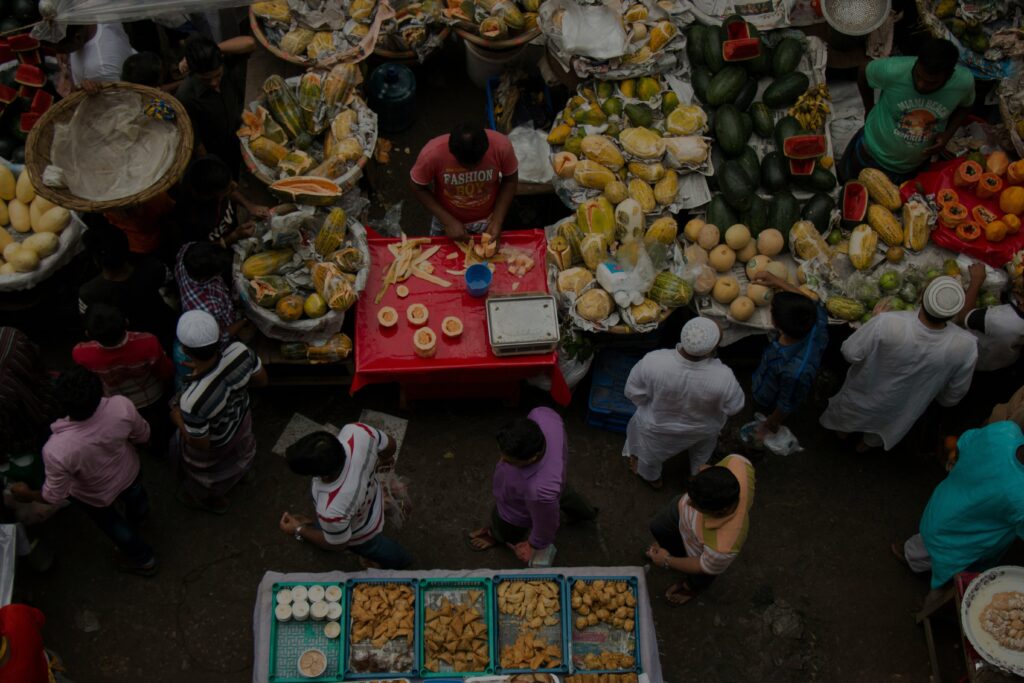The 2025 Global Report on Food Crises released earlier this month, found that 295 million people are facing acute hunger, almost three times the number in 2016.
In 18 of the countries surveyed, primarily in Africa and parts of Asia, weather extremes were the primary driver of food insecurity with more than 96 million people experiencing food crises due to climate shocks.
Giulio Fabris, Communications and Partnership Officer at the Rome-based Food Security Information Network (FSIN) , which jointly publishes the annual report said: “Every year [since 2020] we are expanding the analysis and essentially, the more people we count, the more people we find in acute food insecurity.”
The report predicts that weather shocks will become “more frequent and severe”as global temperatures continue to rise.
Extreme weather events destroy crops and reduce food production, as can be seen with the global impact of the El Niño weather system on agriculture. In many countries in Southern Africa, El Niño has led to widespread droughts, flooding and crop failure. The increased competition for scarce resources can create conflict and insecurity.
Added to the mix is what UN Secretary General Antonio Guterres referenced as the “dramatic reduction in lifesaving humanitarian funding” in his foreword to the report.
The United States, under President Donald Trump’s administration, has slashed billions of dollars in foreign aid. According to the report, funding to humanitarian food sectors is projected to drop by up to 45 per cent.
Cindy McCain, Executive Director at the World Food Programme said in an official statement that the WFP has been forced to make “drastic cuts to our food assistance programs” as a result of budget shortfalls.
“We have tried and tested solutions to hunger and food insecurity. But we need the support of our donors and partners to implement them,” she added.
Despite the challenges, FSIN’s Fabris said progress in fighting hunger is still possible, pointing to countries such as Afghanistan, Somalia and Kenya where acute food insecurity has been reduced through food and agricultural assistance and favourable harvests easing inflation.




